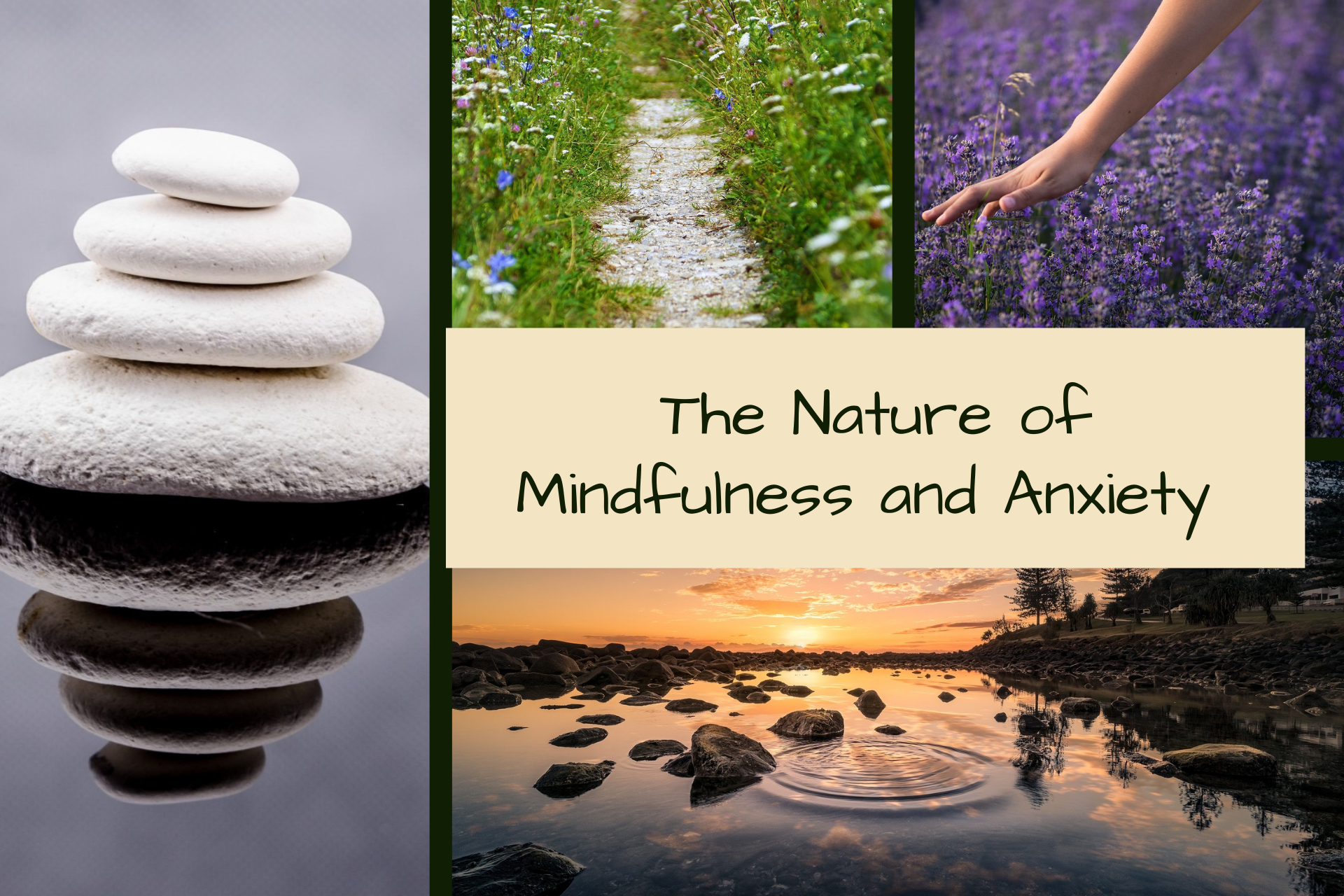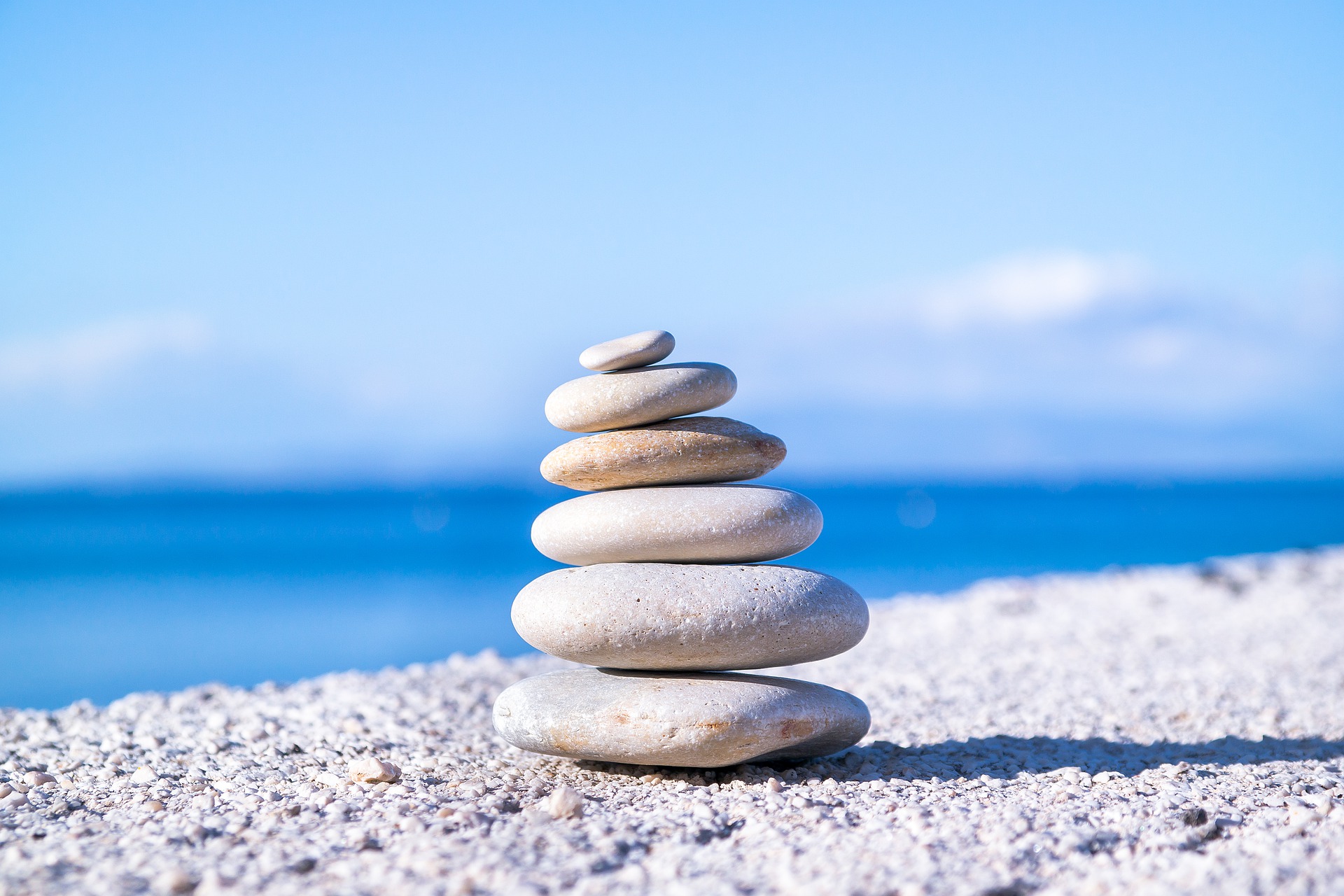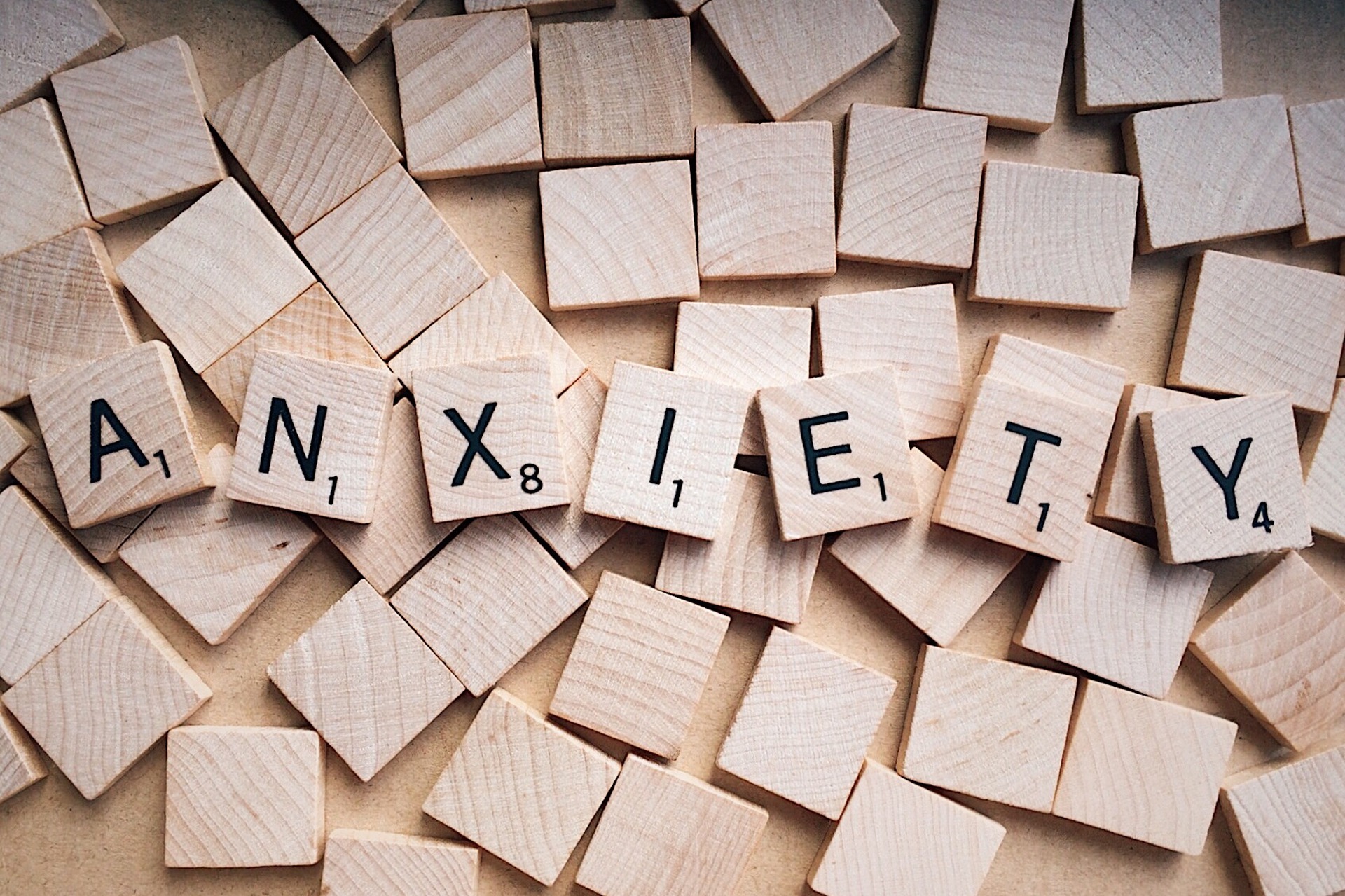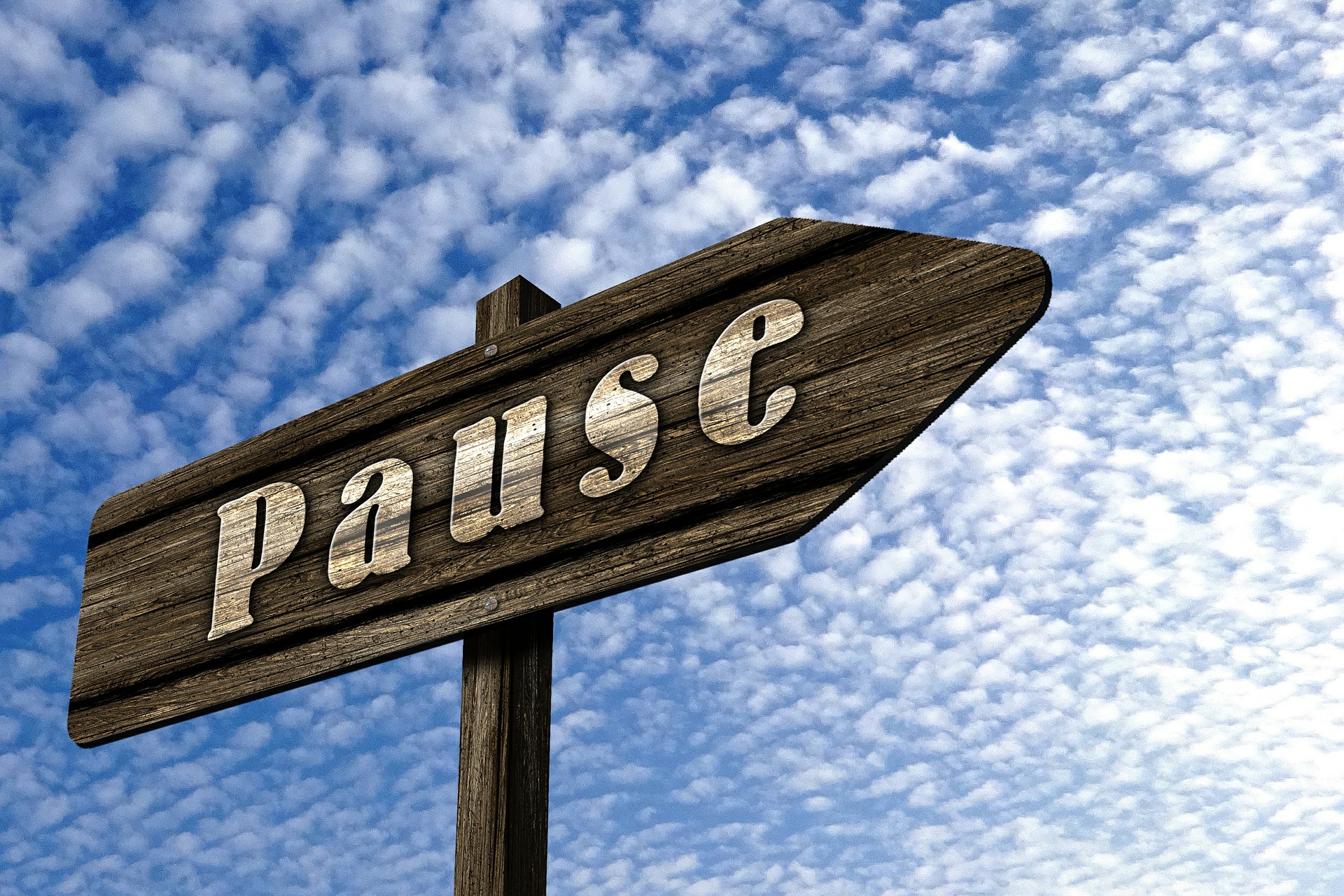

If you’ve read any of the articles on my website, you may be wondering what mindfulness has to do with nature and science education. The relationship is indirect; what’s important is how I came to discover its benefits as a mom and naturalist. To be perfectly honest, I’ve wanted to add a new category (Nature Zen) to my blog that focuses on mental and physical health with a nature twist, and I feel like an article on mindfulness and anxiety is the perfect way to kick things off.
As you read through this post, please note that I’m not a therapist or psychiatrist, and I won’t pretend to be either. To put it simply, I’ve decided to start a journey to gain better control of my emotions, thoughts, and fears, and I’d like to share this experience with you. I’ve done my research, but please don’t take what I say as gospel. Do your own research and seek professional assistance if you feel you need it.
With that said, let me begin at the beginning.
Please note, this post contains affiliate links. If you click through and make a purchase, I receive a small commission. This doesn’t cost you anything, but it makes me happy…so happy that I might even go out and hug a tree! Thanks for your support! Read my Disclaimer for additional information.


The Beginning of My Mindfulness Journey
I have to say this is a pretty big moment for me. Making a commitment to unearth my happiest self and encourage her to fly free is something I’ve avoided for a while now. Let’s face it, that’s a lot of work! The other articles on this website focus on my experiences as a park naturalist, a time when I was happy, content, and carefree (mostly-I did have bills to pay). I was also lonely. Today, I have a family and I’m rarely alone (sometimes that’s a good thing and sometimes it’s not), but the job I loved most is behind me. That’s a big part of why I write about my past experiences.
So, how did I come to discover mindfulness therapy? Well, here’s the big moment part…this is where I tell you something very personal about myself that I wouldn’t normally share with strangers. However, I believe that writing and publishing my thoughts and fears on this blog will hold me accountable and keep me in check with my goals. It will also allow me to share my journey with those who might be experiencing similar frustration in their lives.
So here goes…I, like many people on this planet, exhibit a number of typical anxiety-related behaviors pretty much on a daily basis: restlessness, fatigue, difficulty concentrating, irritability, muscle tension, and insomnia. I have a general anxiety disorder…but honestly, who doesn’t in this day and age? Recently, my employer introduced the idea of using mindfulness techniques to squash anxiety (via an informational session for staff), and I was instantly attracted to the concept. I’ve tried meditation and self-hypnosis, but it’s very difficult to find the time and a quiet place to spend 10-15 minutes meditating. The best thing about mindfulness therapy is that it doesn’t always require silence.


How is Mindfulness Used in Therapy?
Mindfulness-Based Cognitive Therapy is a modified form of Cognitive Behavior Therapy, which is used by many therapists when working with clients who exhibit symptoms of depression, anxiety, bipolar disorder, post traumatic stress disorder (PTSD), or eating disorders. It incorporates mindfulness techniques such as meditation and breathing exercises to help clients break negative thought patterns that can lead to a depressed state of mind.
Mindfulness is also a component of Dialectical Behavior Therapy (DBT), which is similar to Cognitive Behavior Therapy. DBT focuses on the concept of dialectics, or balancing opposites. In short, this therapy seeks to instill a “both-and” perspective rather than the “either-or” one. Clients develop four basic skills, including mindfulness, distress tolerance, emotion regulation, and interpersonal effectiveness. Mindfulness is at the core of this therapy, and learning to focus on the present and not live solely within a constantly wandering mind is crucial to finding success with the other three skills.
I’ve been attracted to the idea of practicing mindfulness for anxiety for a while, but learning more about these different therapy options has opened up new avenues of thought for me. For instance, I already know I need to work on being more present, but as I learned about DBT, I realized that I also need to work on my emotion regulation and distress tolerance. And believe it or not, I’m actually an introvert at heart. I’m not that great at sharing my thoughts and feelings with those closest to me, so focusing some of my time on interpersonal skills is pretty high on my self-improvement list too.
A lot of the research I’ve done into these concepts stresses the importance of group therapy sessions, which is not something I’m interested in (probably because of my introverted nature). However, for some, group sessions are more effective than one-on-one sessions with a therapist. Whether you speak to a professional or choose your own path, it seems obvious that taking the time to develop these skills can help anyone who wants to learn to be more present in the moment, deal with stress and negativity better, gain control of their emotions, and communicate and interact with others effectively.

Spiraling Out of Control
Practicing mindfulness is a difficult task for someone whose brain tends to take frequent detours. To be truly mindful of the present, you have to focus all of your attention on what’s happening around you in that moment. You cannot make judgments or overthink the situation. You should not invalidate any thoughts you have about your experience. You must simply accept the present as it is presented to you.
Have you ever had one of those days where you got out of bed in the morning and things seemed fine, but then one little, itsy-bitsy, negative thing happened and everything went to…well, you know where? When that happens to me, I spend most of my time spiraling deeper into my negative thoughts and emotions rather than experiencing the actual day that’s unfolding around me. I am so conditioned to engage with my own thoughts instead of the real world that when something on the outside manages to get my attention, it’s a struggle for me to accept it as reality. Does that make sense?

Here’s an example:
I recently had a phone conversation with a client who wanted something I could not give her. This wasn’t because I didn’t want to give it to her; policy dictated I could not for various reasons. She never became belligerent, but by the time the conversation was ending, she was oozing disrespect all over me. It was a frustrating situation, and even though I knew there could be no other outcome, my mind wouldn’t let it go.
I beat that conversation to death inside my head for hours. What could I have said or done differently? Why didn’t I stand up for myself more? It consumed my thoughts for the rest of the day…while I was driving to daycare to pick up my son, while I was cleaning up after dinner, while I was showering…I couldn’t stop the cycle. By the end of the evening, I was invalidating my own feelings and completely immersed in a pool of negativity…but then I remembered the wise words of a friend: “Don’t keep it inside; let it out.”
So I told my husband. We talked about it, and even though I still had trouble falling asleep that night, I managed to push the negativity aside and return to reality. I woke up the next morning with no feeling of dread or despair hanging over my head. And guess what? Nothing has come from that conversation since. That doesn’t mean I won’t hear from her again, but it certainly wasn’t the horrible situation I made it out to be at the time.
That’s what I mean by spiraling. How could I have negated that situation earlier? With a mindfulness exercise to pull me back to the present…

The Nature of Mindfulness and Anxiety
Before we really get into the mindfulness stuff, I think it’s time to bring the nature aspect back to the forefront of this discussion. You’re probably still wondering where that’s going to come into play here, right? Well, wonder no more. For me, nature provides a healing energy that I simply cannot find anywhere else in my life…not even when I’m holding one of my children. So for that particular situation above, the best mindfulness exercise I could have done would have been performed outside, surrounded by nature.
Mindfulness Exercises
One of the mindfulness techniques I use daily (although I certainly didn’t use it that day) to assist with my anxiety is a simple breathing exercise. I’ve done this for a while now, and it helps calm my nerves. I don’t have to be in a quiet place (or even outside, although I prefer it). I just need one minute to breathe deeply and focus on me instead of whatever it is that’s stressing me out. My daughter’s school counselor teaches this same technique to her students:
1. Set a timer for 1 or 2 minutes. I do this because deep breathing can sometimes make me sleepy, and if I’m at work, I want to make sure I don’t doze off.
2. Sit up straight and close your eyes.
3. Breathe in deeply and slowly through your nose.
4. Hold the breath for a count of 3.
5. Release the breath slowly through your mouth.
6. Repeat.

Some people envision an image in their mind such as a balloon inflating and deflating to help them stay on task during this exercise. My daughter’s counselor encourages the kids to keep their eyes open and trace the lines on a drawing as they breathe in and out. This helps them remain focused. Whatever your preference, the goal is to think only about your breathing. Force any other thoughts that enter your mind to leave immediately. No thinking! Just breathing!

The second exercise I’ve recently started doing that relates more directly to mindfulness and anxiety is not something I can perform on a whim like the one above. I usually try this when I’m walking out to get the mail in the evening. The focus for this activity is on four of the five senses: sight, sound, smell, and touch.
1. Take a deep breath in through the nose and out through the mouth as you begin. Remember to breathe slowly and purposefully throughout the exercise.
2. Observe with your eyes first. What do you see around you? Look closely and pick out small details. For example, the bushes in front of our porch tend to develop a few random bright red leaves in the summer. I notice these first and look closer to examine the veins in the leaves. Look for things you might not notice normally, such as insect exoskeletons, spiders in their webs, or bees collecting pollen.
3. Add listening to the mix. What do you hear? It may be the sounds of nature, such as birds chirping or the wind blowing through the trees…or it may be the sounds of man, such as cars on the highway or construction work. Pick out several sounds and focus on them as you continue to observe the sights around you.
4. When I walk out to my mailbox, I go barefooted so I can experience the feeling of the concrete, tiny rocks, grass, and dirt I encounter along the path. You may also want to reach out and touch plants in your garden, tree bark, or even wind chimes as you pass by. In the summer in the midwest, I can literally feel the humidity in the air. Continue to observe and listen as you experience these various textures.
5. Lastly, add smell to the experience. What do you smell on the breeze? Again, it could be natural scents or those created by man’s activities. You may smell freshly-cut grass, flowers, wet dirt or concrete, moisture (think about how it smells before and after a rainstorm), or even car exhaust. When I got out of the car to drop off my son at daycare this morning, we smelled a skunk. Regardless of how pleasant the scent, take it in and experience it fully.

This exercise can last as long as you want it to. The point is to be present in the moment. Kick out any random thoughts that enter your head; just observe, listen, feel, and smell. That’s it. When you’re ready to stop, take another deep breath in through your nose and out through your mouth to signal the end of the exercise.
How do you feel? I tend to feel a bit dazed after the second exercise. If I am truly immersed in the activity, coming out of it is like waking up from a light sleep for me. I’ve noticed that at least initially, I am calmer and more relaxed. Give it a try and let me know what you think!
Additional Resources for Mindfulness Therapy
Here are a few websites I found that list several simple mindfulness activities you can do throughout the day to help with anxiety. Again, I want to stress how beneficial it is for me to perform my mindfulness exercises outdoors in the fresh air. Any of these can be done outside.
1 Minute Mindfulness Exercises
Mayo Clinic Mindfulness Exercises
Mindfulness Exercises to Reduce Stress and Increase Calm - Good Housekeeping


Final Thoughts
As you can probably imagine, telling complete strangers that you suffer from anxiety takes some guts. Two of my favorite pastimes are enjoying nature and writing, so putting all of this down on paper (digital paper, that is) is a form of therapy in itself. I plan to use this platform to discuss self-improvement, mental and physical health, relaxation techniques, and natural ways to reduce stress. All of these topics will have a nature focus, right down to the outdoor yoga (don’t worry, you can do what I do and hide behind a bush so the neighbors can’t see).
If you’d like to receive updates when I post new articles on the Nature Zen page, please subscribe below. I hope you’ll join me on this journey.
Related Articles
If you enjoyed this article, you may wish to read these as well!

Nature Journaling
When I was a park naturalist, nature journaling was seriously old-school. We used paper and pencils in those days, and a nature journal was exactly that…a journal that described your experiences in nature through art, poetry, and observation. Unfortunately today, nature journaling is not quite as popular with the younger crowd...

5 Mint Benefits
Mint has been used to treat everything from bad breath to stomach and respiratory issues for centuries. Long before it became “cool” (pun intended), our ancestors were benefiting from this herb in numerous ways. Today, you can find it everywhere: it’s in gum, cleansers, tea, and even ice cream. So, why the craze for mint?

Reasons to Plant a Tree
Communities all across our nation (and the world) need trees now more than ever. Droughts, floods, wind storms, and pests are wiping them out at unprecedented rates. Without these trees, our lifeline to clean air and a healthy environment is slipping away...


